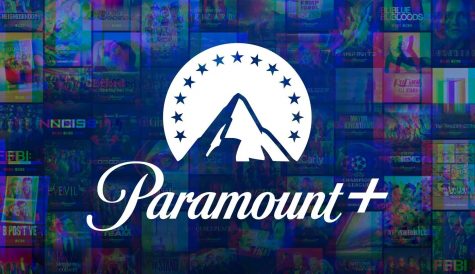
After more than 40 years of operation, DTVE is closing its doors and our website will no longer be updated daily. Thank you for all of your support.
Sky to ‘completely change’ the way it reports ratings
Sky is set to “completely change” the way it measures and reports on the performance of its programmes, claiming that overnight ratings “don’t tell the full story”.
In an open letter published today, Sky UK’s director of programmes, Zai Bennett, claimed that when it releases a new TV series on-demand, alongside a traditional week-by-week transmission, more than 60% of its audience can be “completely missed in official figures”.
He said that the operator’s new focus would be on ‘seven day cumulative audience’ figures, which are available from BARB around two weeks after an TV episode first airs.
This will capture all linear broadcast viewing, including repeats, as well as most catch-up and on-demand viewing through a TV set, including those watching through Now TV.
“The way the industry reports on TV viewing ultimately means that we’re under-selling ourselves,” said Bennett. “We need to be more transparent.”
Sky said it has been testing the new measurement system for two weeks and has already seen a dramatic difference in ratings scores – for instance with its new drama series Tin Star.
Episode one of Tin Star had an overnight audience of 342,000, but was actually watched by more than 1.6 million people, with 323,000 views coming through the Sky Go and Now TV apps, according to Bennett.
“Tin Star has only just been released, so these figures are still being collated,” he said. “But we already know that more than half a million people have binge-watched the entire 10 episodes on demand through their set top boxes. And the majority of this viewing won’t be captured by BARB at all.”
Bennett said that while Sky is supportive of BARB and its work with Project Dovetail to improve the way that TV viewing is captured, there are nevertheless “gaps” in the audience numbers that the industry uses.
“The way that the industry talks about TV viewing isn’t reflective of the ways that people are watching today,” said Bennett. “The norm is to focus on an overnight audience or, at most, a seven day consolidated audience, but we feel that these just don’t tell the full story.”
“Overall, this issue isn’t something that just affects us as a business, it affects the whole industry. I’d encourage other broadcasters to also use a more transparent viewing picture, so we all have a more accurate sense of the shows that have really captured the public’s imagination.”



